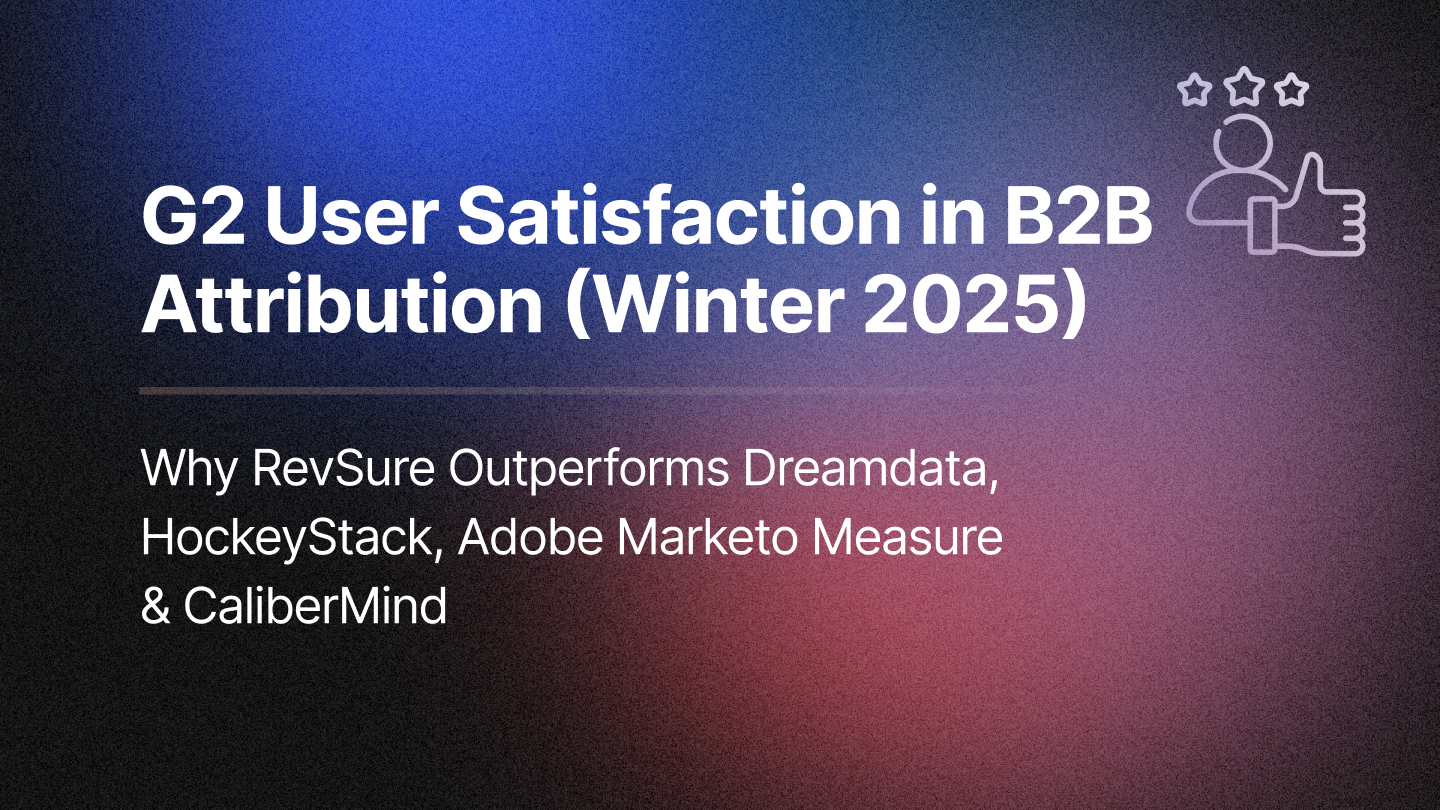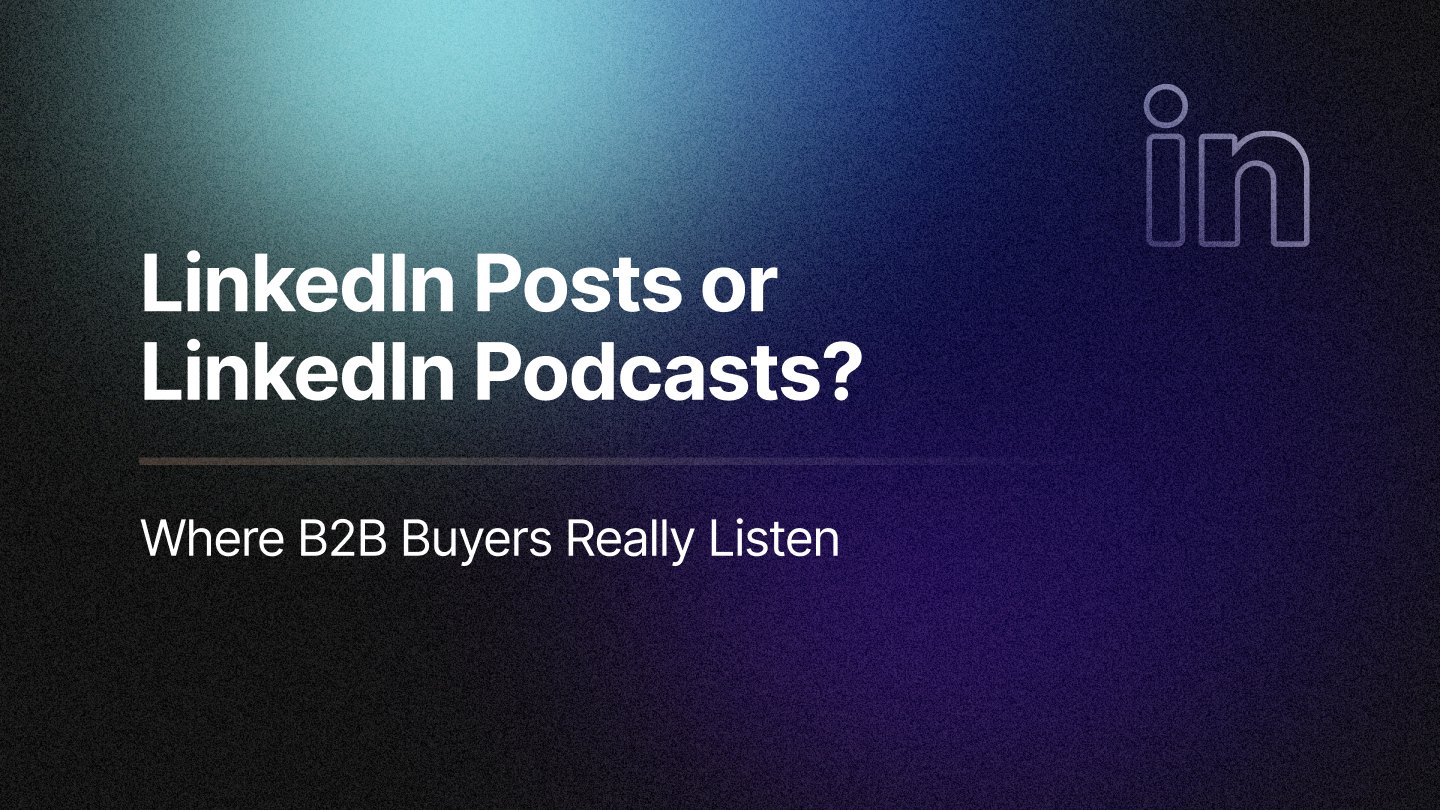Despite the sophistication of modern revenue teams, pipeline forecasting remains one of the most fragile elements of go-to-market operations. Numbers shift overnight, close dates slip, and leaders are left explaining missed targets that seemed solid just weeks ago.
Many organizations attempt to address this issue by implementing additional tools or dashboards; some rely on call sentiment, while others rely on rep-entered data. However, the same problems persist: incomplete inputs, static probabilities, and a lack of context throughout the funnel.
The result? Forecasts that feel more like educated guesses than confident plans.
Where Most Forecasting Falls Short
Typical forecasting methods rely heavily on CRM fields, activity logs, or rep intuition. However, these inputs are often inconsistent, outdated, or too superficial to reflect reality accurately. Even more advanced platforms usually fail to account for:
- Historical seasonality (e.g., why Q3 always behaves differently)
- Stage velocity and leakage
- The influence of marketing and buyer behavior across the full journey
This leaves RevOps teams piecing together data across platforms, hoping to make sense of trends while knowing that deeper insights are buried just out of reach.
What a Smarter Forecast Should Look Like
A better approach doesn’t just count deals; it understands them. It weaves together historical performance, real-time funnel signals, and behavioral patterns to provide:
- Visibility into what’s actually moving and what’s stalled
- Context on why win rates are trending up or down
- Confidence that projections are grounded in reality, not generic models
In practice, this means being able to answer questions like:
- How much pipeline do we really need to hit our number?
- What’s at risk and why?
- Where should marketing and sales focus their energy next?
Turning Pipeline Data into Confidence, Not Chaos
Forecasting isn't just about what's in the pipeline—it's about understanding how that pipeline behaves. When you can analyze trends across deal types, industries, or territories, you start to see the signals that lead to better forecasts:
- Stage-by-stage velocity: How quickly deals progress or stall
- Push/pull behavior: Which deals slipped last minute, and why
- Source-level performance: Which campaigns or outreach methods drive conversion
This level of insight allows revenue leaders to steer, not just inspect. Instead of reacting to changes late in the quarter, you can identify risk early and adapt with precision.
From Pipeline to Bookings: Seeing the Full Picture
A good forecast doesn’t stop at pipeline—it extends to bookings. That’s where things often break down. Many teams look at pipeline coverage ratios and apply fixed win rates. But static math rarely accounts for shifts in buyer behavior, marketing influence, or deal risk.
More modern forecasting approaches take it further by estimating:
- What will likely close from the existing pipeline
- What pipeline is still expected to enter this quarter
- How demand gen activities will influence net-new bookings
This blend of actuals and projections enables planning that adjusts over time; a living forecast rather than a static spreadsheet.
AI That Explains Itself (Not a Black Box)
One common hesitation with AI in forecasting is trust. Leaders are right to ask: How did the model get that number? The most effective solutions offer transparency.
Rather than simply presenting a projection, modern platforms show:
- What historical data informed the estimate
- Which opportunity traits positively or negatively influenced the probability
- How external patterns like seasonality or sales cycle duration are factored in
This clarity fosters buy-in across teams and enables more effective coaching. It also turns forecasting into a collaborative, teachable process rather than a mystery.
Guided Action: Where to Focus, and Why
Forecasting isn’t just about predicting it’s about acting. Advanced forecasting systems can now suggest next best actions based on opportunity and campaign patterns. They can tell you:
- Which campaign is most likely to accelerate a stalled deal
- Where your funnel has the biggest drop-offs (and how to plug them)
- What sales or marketing efforts could move the needle this week
Instead of reactive scrambling at the end of the quarter, RevOps teams gain clarity on where and how to intervene with intent.
Conclusion: The Forecast Isn’t the Goal—Confidence Is
Forecasting doesn’t need to be a painful guessing game. When built on trustworthy data, interpreted with intelligence, and paired with actionability, forecasting becomes a strategic asset.
For revenue teams ready to move past static models and unlock true pipeline clarity, the tools are here. The future of forecasting is intelligent, transparent, and tailored to how your business actually runs.
Related Blogs








